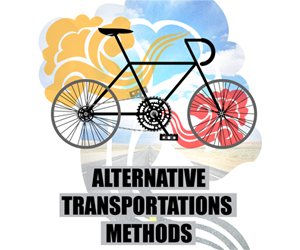
Immigration and immigrant workers in Singapore have been closely associated with Singapore’s economic development since the 19th century. While in the early years of the settlement the large demand for labourers stimulated a slave trade, Stamford Raffles stopped this in 1823 – out of a concern for workers’ welfare. Continue Reading…
Archives For Article

Singapore’s Public Utilities Board (PUB) is in charge of managing the water supply to Singaporean homes. Do you know how much water you use for different activities at home? Below is a pie chart showing the percentage breakdown of water use for each activity in a typical household.
https://www.pub.gov.sg/
The Top 7 Major Water Wasters
 Adapted from Maria Brilaki’s 7 Scientifically Proven Ways to Be the Happiest Person on Earth
Adapted from Maria Brilaki’s 7 Scientifically Proven Ways to Be the Happiest Person on Earth
In her book, ‘The How of Happiness’ by Sonja Lyubomirsky, professor at the University of California, Riverside, Sonja presents seven scientifically proven ways that you can become the happiest person on earth.
Continue Reading…

 live life to the fullest we need to look beyond the latest television programs, new computer and console games or the newest scandals of celebrities and politicians. Right now these things entertain us, but in we may still feel unsatisfied. An article on Planet of Success, suggests that it takes three steps to live your life to the fullest: take action, take responsibility, and be conscious. Taking action means that you should step forward with courage and follow your heart. Taking responsibility means that you accept the things that you can and can’t change and you decide to either make the best of it, to change it or to start all over again. Being conscious means that you can look back on what you are doing, and know if it makes you happy and challenges you.
live life to the fullest we need to look beyond the latest television programs, new computer and console games or the newest scandals of celebrities and politicians. Right now these things entertain us, but in we may still feel unsatisfied. An article on Planet of Success, suggests that it takes three steps to live your life to the fullest: take action, take responsibility, and be conscious. Taking action means that you should step forward with courage and follow your heart. Taking responsibility means that you accept the things that you can and can’t change and you decide to either make the best of it, to change it or to start all over again. Being conscious means that you can look back on what you are doing, and know if it makes you happy and challenges you.
Here are three people who we think are living their lives to the fullest, challenging themselves to be active, responsible, and conscious. At the same time, each of them have put that into perspective searching for ways to help others while achieving their dreams.
Continue Reading…

Each year only 300 people out of a total 14,000 on waiting lists in Japan get the organ transplants they need. This is only two per cent. Organ transplant rates are far behind the rest of the world. The number is even lower for children who need transplants.



















